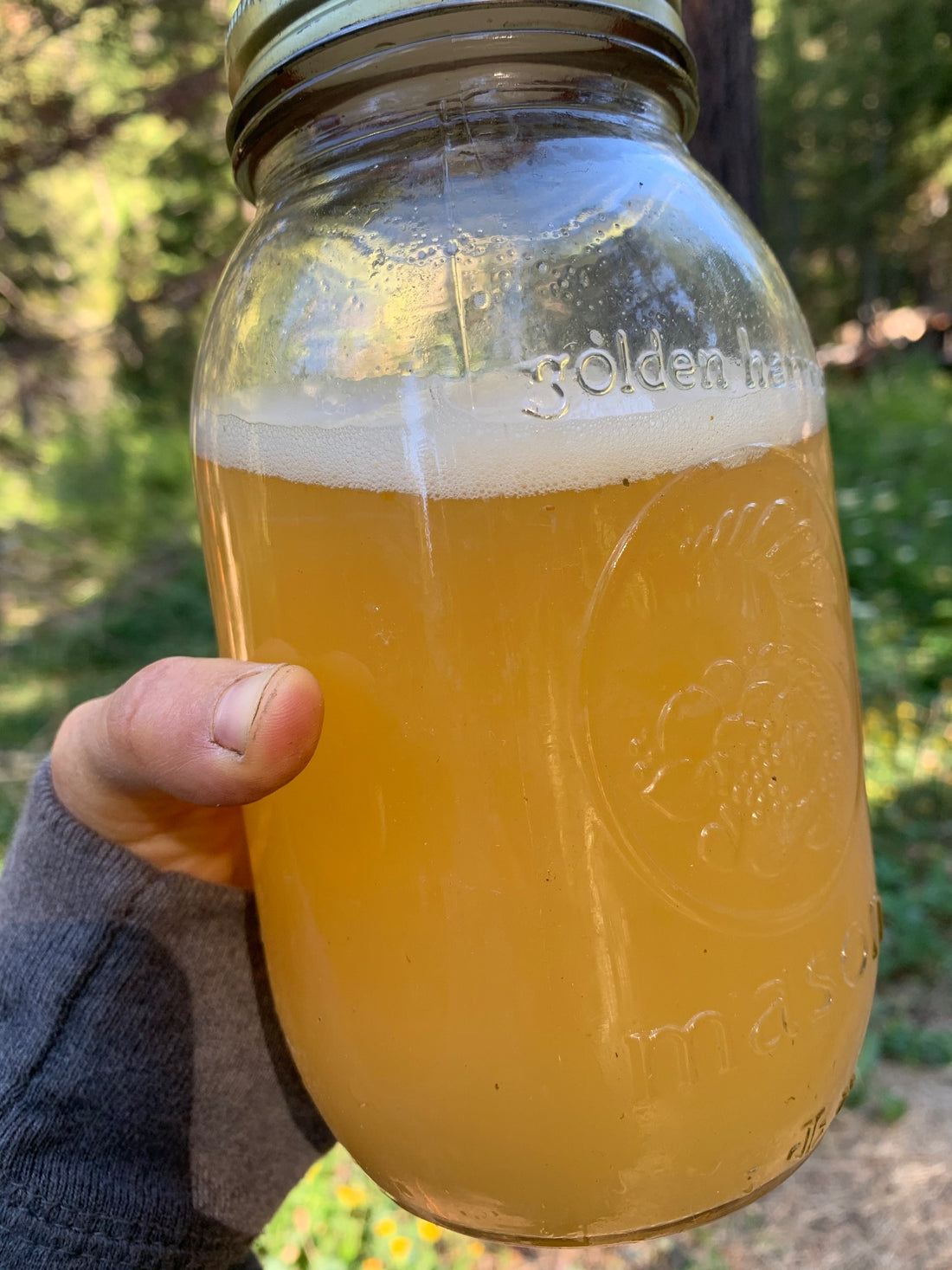
Fermentation Seed Saving
Share
I want to encourage everyone to harvest, save, and plant THEIR OWN seeds. Seed = food. Saving your own seed is a great way to ensure your own food security.
Many fruits require their seeds to be fermented before they can be planted again to germinate. This process in the wild would be facilitated in wild animal guts. Don’t worry, you won’t have to scavenge through your own poo…
Seeds that benefit from fermentation include tomatoes, berries, squashes... the list goes on. The process below also helps clean the seed. Here is a beautiful, productive, native golden currant bush I harvested seed from.

Start with the raw fruit or seed pulp. In the case of tomatoes, I take the slimy seed pulp out first to ferment and take the remaining fruit for canned tomato sauce, pizza sauce, salsa, etc. Place the seed (and in some cases fruit mixture) in a bucket or bowl.

Add water and mash it up to FREE THE SEED.


The dead or non-viable seed will float, along with leaves and other debris. This can be filtered off the top and composted.


Let the water and viable, heavy seed mixture sit for several days and ferment slightly.

Pour the juicy water off the top and ENJOY your slightly fermented liquid. If you place this juicy water in a jar with a tight fitting lid for a further few days your drink will be fizzy. Cheers!

Viable seeds and remaining pulp that sank in the bucket can be laid out on a drying rack. I use reclaimed window screens from Missoula’s local Home Resource store.

The seed, once dry, can be stored in a cool (stable temperature), dark, dry, environment for up to several years.
Did I mention golden currant is an incredible early season nectar source for native pollinators?
Thanks for reading.